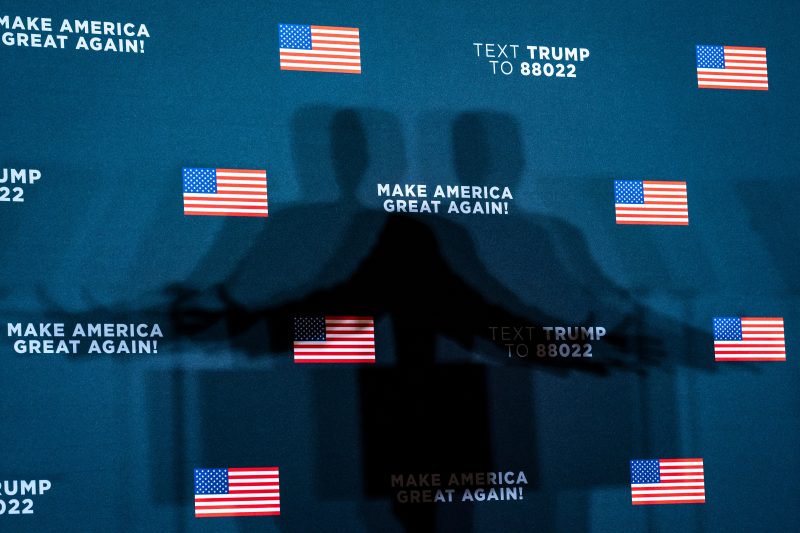In a bid to galvanize his base and stir controversy for political advantage, President Donald Trump has consistently employed racially charged rhetoric throughout his time in office. Since his campaign in 2016, Trump has doubled down on incendiary language and made explicit appeals to racist sentiments in various public appearances and social media posts. This divisive strategy has not only shaped the national discourse but has also heightened tensions and deepened racial divides in the United States.
One of the cornerstone tactics of Trump’s communication approach revolves around the demonization of minority groups, particularly immigrants and people of color. By labeling Mexican immigrants as rapists and criminals during his campaign kickoff speech, Trump set the tone for his tenure by framing immigrants as a threat to national security and the well-being of American citizens. This inflammatory characterization has been reinforced consistently, with the President often painting immigrants as dangerous and undeserving of empathy or assistance.
Moreover, Trump’s racial appeals extend beyond his inflammatory comments about immigrants to encompass his stance on policing and criminal justice. Throughout his term, Trump has consistently aligned himself with law enforcement and depicted himself as a defender of law and order. By adopting a tough-on-crime rhetoric, the President has signaled his support for aggressive policing tactics and harsh criminal justice policies, which disproportionately impact communities of color. This approach has manifested in the President’s vocal opposition to movements like Black Lives Matter and his continued advocacy for punitive measures that exacerbate racial inequalities in the justice system.
In addition to his explicit use of racial rhetoric, Trump has also engaged in dog-whistle politics, employing coded language that resonates with white supremacist groups and fosters racial animosity. By downplaying the threat of white nationalism and equivocating in his condemnation of hate groups, Trump has provided a platform for extremists and emboldened those who espouse racist ideologies. This tacit approval of white supremacist rhetoric has sown further division and contributed to a climate of intolerance and hostility toward marginalized communities.
Furthermore, Trump’s administration has implemented policies that have disproportionately impacted communities of color, such as the Muslim travel ban, the family separation policy at the southern border, and efforts to roll back civil rights protections. These actions, justified under the guise of national security and immigration enforcement, have inflicted harm on vulnerable populations and perpetuated systemic discrimination within the U.S. government.
Despite facing criticism and backlash for his racist appeals, Trump has remained steadfast in his approach, leveraging racial tensions to mobilize his political base and maintain support among his followers. By stoking fear and resentment toward marginalized groups, the President has sought to distract from his own shortcomings and rally his supporters around a divisive and exclusionary vision of America.
In conclusion, the persistent use of racist appeals by President Trump has not only undermined social cohesion and perpetuated racial divisions but has also legitimized discriminatory attitudes and policies within the highest echelons of government. By normalizing racism and xenophobia, Trump has fostered a climate of hostility and intolerance that threatens the progress made toward a more inclusive and equitable society. As the United States continues to grapple with issues of systemic racism and inequality, it is imperative to reject divisive rhetoric and work towards a future that upholds the principles of justice, equality, and respect for all.

